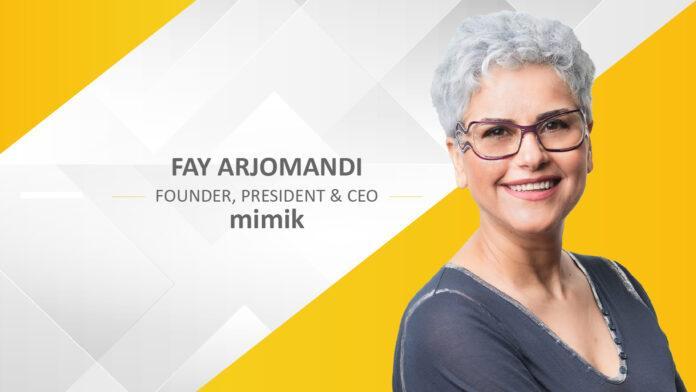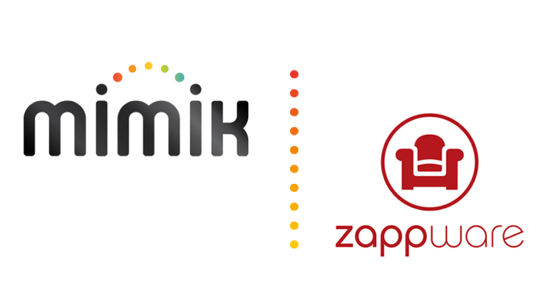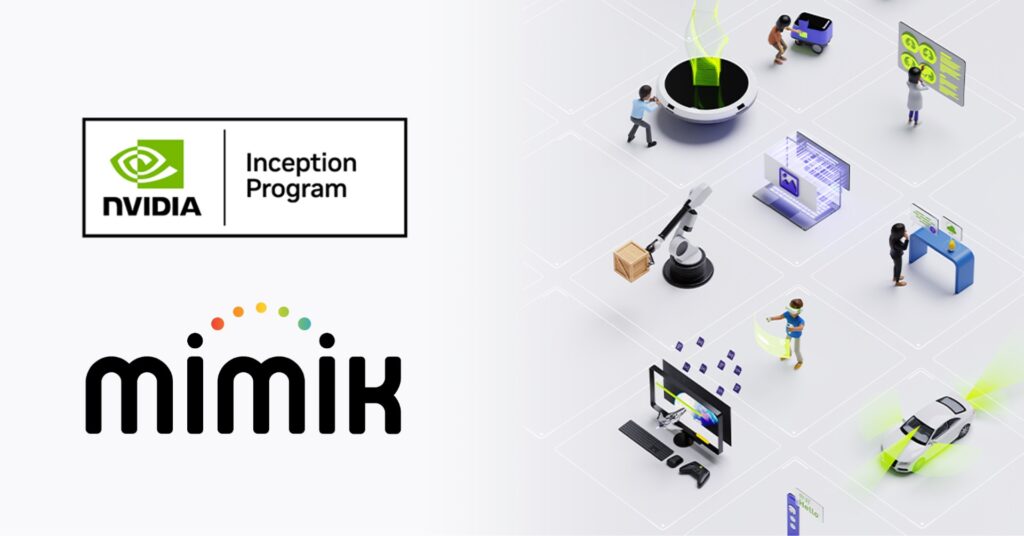“Adopting Hybrid Edge Cloud provides enterprises higher scalability, lower cost, improved security, and privacy, as well as the ability to develop and deliver their digital solutions with morel agility, which is essential to survive the crisis.” – says Fay Arjomandi, Founder, President, and CEO of mimik, in an exclusive interview with Enterprise Talk
ET Bureau: What advantages does the hybrid edge cloud platform by mimik give to enterprises?
mimik’s Hybrid Edge Cloud platform enables any computing device to act as a cloud server to help application developers unlock the next generation of apps for the hyper-connected world. Almost all enterprises are at various stages of digital transformation. According to Gartner, in 2019, only 20% of industries have gone through digital transformation and cloud journeys; 80% are just starting their journey. Additionally, COVID-19 has accelerated the demand for digital transformation –
- Since contactless and automated services require a digital transformation of some basic business processes
- Economic melt-down has forced enterprises to become more cost-conscious, and taking a system from public cloud hosting to an on-premise solution is not enough and just a temporary band-aid approach with marginal benefits.
- High data traffic has proven that many existing solutions are not as scalable as thought before hence accelerating the transition to API first and microservice architecture approaches
- More rigid security needs for contactless approaches
- The overburdened systems have proven that the traditional Web paradigm is not a sustainable and scalable model for digital transformation.
- The public outcry against privacy violations and trace and track in various parts of the world has also led to a quest for more sustainable solutions.
mimik can help enterprises combine the benefits of public, private, and edge cloud to make their cloud transformation faster and less costly.
Learn More: Enterprise Cloud Usage Slated to Become Entirely Virtual by 2021
- Adopting Hybrid Edge Cloud provides enterprises with higher scalability, lower cost, improved security, and privacy, as well as the ability to develop and deliver their digital solutions with more agility, which is essential to survive the crisis.
- Supports all enterprise cloud deployment models, helps enterprises avoid cloud hosting vendor lock-in, significantly reduces the cloud hosting costs, seamlessly adds unused computing resources to their cloud infrastructure, and substantially improves latency and data privacy and security.
A hybrid edge cloud helps perform workload computation closest to the application demand and the data source, which, in most cases, is the device where the client application/agent runs. With this approach, you start from the edge to compute the workload and move to the public or private cloud as per application logic and demands. In other words, you take an edge->in versus a cloud->out approach.
As a result, you reduce cloud hosting costs and improve latency, responsiveness, and data security and privacy. Developers can accelerate product development utilizing the mimik platform. The platform includes a run-time engine for developers to handle global functions in the central cloud while moving processing workloads to all kinds of edge devices, from smartphones to AI-based sensors.
The engine is agnostic to OS, device, networks, and cloud. It is non-proprietary and works with existing standard development tools. mimik also provides ready to deploy edge microservices for a wide range of industry verticals. Mimic offers a dedicated hybrid edge cloud platform that’s commercially deployed and works seamlessly across operating systems, networks, and public/private clouds.
Learn More: Blockchain Adding to the Power of IoT for Enhanced Productivity
The edge engine is available today for iOS, Android, Linux, Windows, MacOS, Raspbian, QNX, OpenWRT, and FreeRTOS. It has been used by a variety of applications deployed on edge devices such as smartphones, tablets, PCs, smart TVs, WiFi routers, NAS appliances, and IoT devices.
ET Bureau: How does the mimik Hybrid Edge Cloud platform assure data privacy when acting as a cloud server? Can the patented cloud platform secure user data?
Devices enabled with mimik edge Cloud engine can discover each other and communicate without sharing any user profile information. All the logged data are encrypted and stored locally on the device, and no third party can access the data without real-time consent. The patented hybrid edge platform is the best available technology that protects user data. There are seven layers of security built into the platform to ensure a secure, trustless implementation.
ET Bureau: Lastly, what is the significance of processing data on edge instead of the cloud?
The current fixed and hierarchical client-server approach makes central cloud resources and network connectivity the bottleneck for future growth. Sending data from hundreds of billions of client devices to tens of millions of centralized cloud servers wastes bandwidth and energy, and it has severe social and economic implications.
Today enterprises are reliant on cloud service providers who have access to the data stored or processed in their servers, and despite all the sophisticated security measures, storing data and hosting applications on third-party resources exposes the owners of the information to risks. Processing data on edge enables enterprises to better control and manage their data with minimal reliance on central entities.
It enables any computing device to act as a cloud server when possible and can create a hybrid edge cloud that scales organically with new capable devices. In this way, central cloud resources that require significant real estate, energy, and network bandwidth can offload much of their burden onto edge devices such as smartphones or smart IoT devices.
Many microservices can be hosted on edge devices instead of being hosted on a centralized server, making them faster and more flexible to changing user requirements. mimik’s platform enables peer-to-peer application communication across devices and operating systems with or without access to the Internet—smart manufacturing plants where all equipment needs to communicate, on-site supervisor, staff, etc. Similarly, in classrooms, offices, etc.
Learn More: Importance of distributed data storage and IoT for organizations during the pandemic
There are millions of examples of sensors, smart devices, smart cars and robots that need to communicate in real-time or near real-time. It does not make sense to send all of this data miles away to edge data centers, let alone to large data centers for central cloud processing when you have an opportunity to process and communicate most of that data locally.



